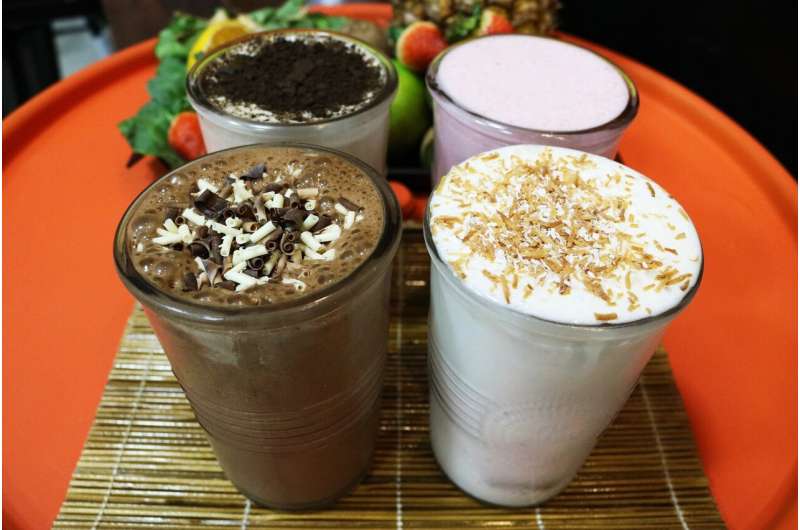Historical Recipe Descriptions from the Media Matched Their Nutritional Content During the COVID-19 Pandemic

A study reveals that recipe descriptions in legacy media during the COVID-19 pandemic accurately reflected their nutritional content, influencing healthy eating habits during a critical time.
A recent study published in the journal Nutrients highlights that recipe descriptions shared by legacy media outlets during the first year of the COVID-19 pandemic were closely aligned with their actual nutritional composition. Conducted by researchers from the City University of New York (CUNY), this research analyzed 182 recipes featured in 11 prominent magazines, including GQ, Elle, Oprah, Vogue, Scientific American, and others, which collectively cater to various readership groups.
The study aimed to assess whether labelings like 'healthy,' 'comfort food,' or 'easy-to-make' accurately reflected the recipes' nutrient contents. The findings showed that recipes tagged as 'healthy' indeed contained higher levels of beneficial nutrients such as vitamin C, fiber, and potassium, while typically having lower cholesterol content. Conversely, recipes classified as 'comfort food' or cocktails generally offered fewer essential nutrients, with alcoholic beverages often being higher in sugar and lower in vital vitamins and minerals.
An interesting aspect of the study was the role of herbs and spices. Recipes that included more seasonings tended to have enhanced nutritional profiles, showing increased amounts of vitamin A, vitamin C, potassium, calcium, iron, and fiber. However, the inclusion of salt-rich spice blends also led to elevated sodium levels, highlighting consumer importance in being aware of hidden sodium sources.
Gaba emphasized that during the pandemic, legacy media became trusted sources for home cooking guidance, especially amidst widespread misinformation online. These recipes served not only to promote healthful eating but also addressed cultural and emotional needs by providing comforting meal options.
This research underscores the significance of accurate recipe labeling and the influence of media on nutritional intake, especially during times of crisis, supporting the idea that credible sources can positively impact public health and dietary choices.
Stay Updated with Mia's Feed
Get the latest health & wellness insights delivered straight to your inbox.
Related Articles
Dietary Changes May Help Reduce Lymphedema Symptoms
New research indicates that adopting a low-saturated-fat diet may help manage and reduce the severity of lymphedema, a condition characterized by painful limb swelling due to lymphatic fluid buildup.
Lifelong Effects of Hunger on Children in Gaza
Gaza's children are facing lifelong health and developmental challenges due to severe malnutrition and ongoing food shortages, with urgent aid needed to prevent lasting damage.
New Zealand Expands Food Database to Include Traditional Māori and Ethnic Foods
New Zealand's updated food composition database now includes traditional Māori foods like rēwena and ethnic staples such as natto and paneer, reflecting the country's diverse dietary landscape and supporting better nutritional understanding.



